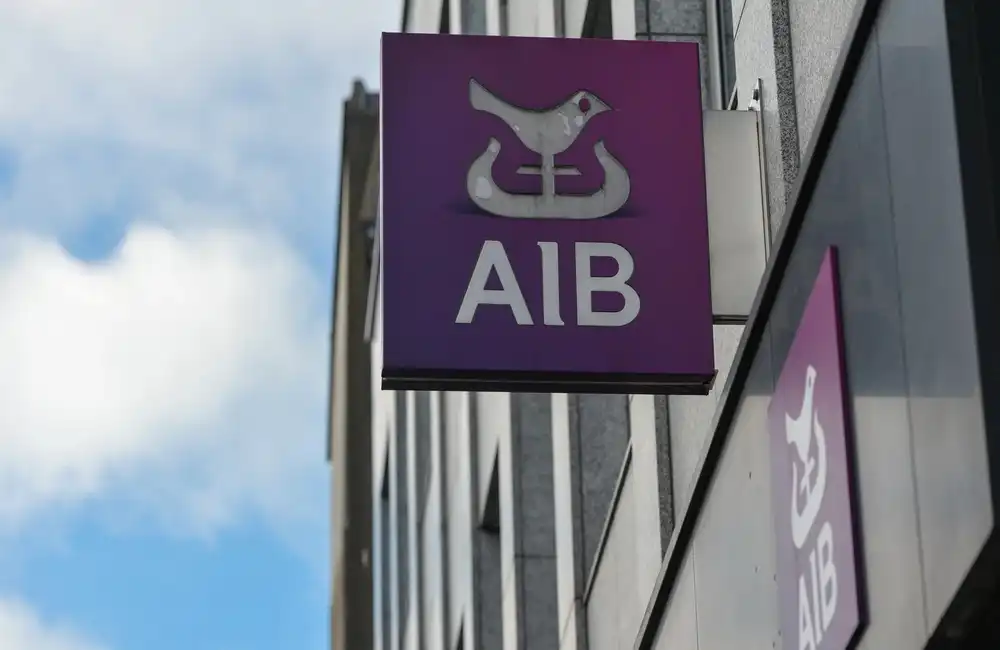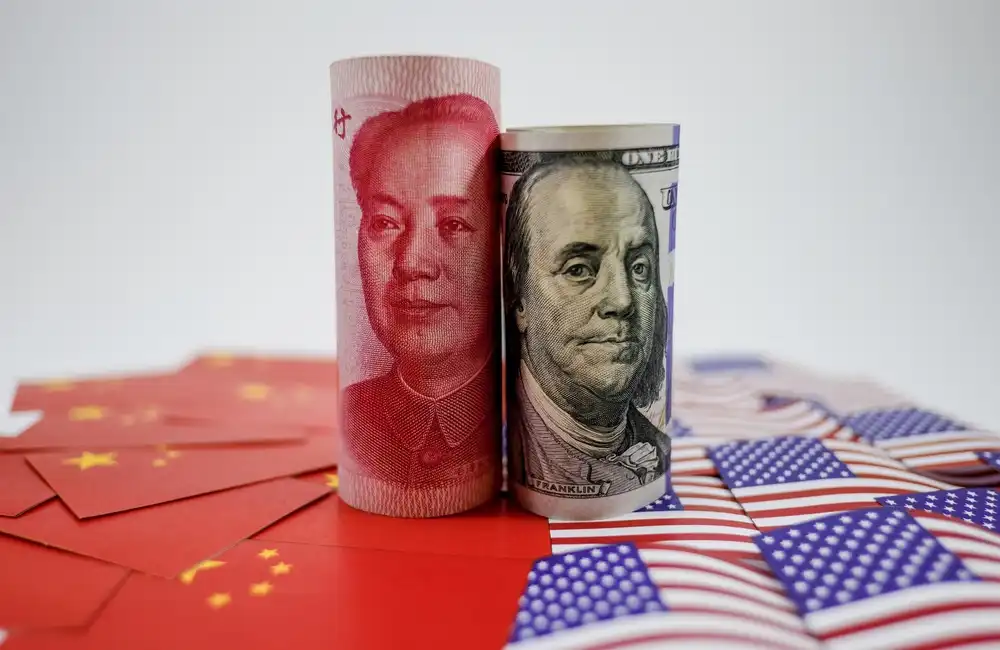AIB, one of Ireland’s notable financial institutions, has a track record of implementing shareholder-focused initiatives.
Among these, its buyback programme stands out as a strategic move underscoring the bank’s confidence in its performance and future prospects. But what exactly is a share buyback programme, and how does AIB’s initiative benefit its investors?
What Is a Share Buyback Programme?
A share buyback, also known as a share repurchase, is when a company buys back its own shares from the open market, effectively reducing the total number of shares in circulation. This can lead to various benefits for investors and the company alike.
Enhanced Shareholder Value
Fewer shares available often results in increased earnings per share (EPS), making each remaining share more valuable.
Market Confidence
A buyback signals the company’s belief in its financial strength, which can attract investor trust.
Price Stabilisation
By purchasing shares, companies often provide support to the stock price, mitigating sharp market volatility.
Why Is AIB’s Buyback Programme Significant?
AIB’s decision to implement a buyback programme highlights several key aspects of its financial strategy and capital management priorities.
Optimising Capital Allocation
The buyback underscores efficient use of surplus capital, enabling the bank to optimise its capital base while delivering additional returns to shareholders.
Confidence in Future Prospects
A commitment to repurchasing shares suggests an optimistic outlook for future growth and performance, reinforcing investor confidence during uncertain market conditions.
Aligning with Shareholder Interests
Reducing the number of shares enhances the stake in AIB’s earnings for existing shareholders, directly benefiting long-term investors through higher EPS and potential valuation support.
How Does AIB’s Buyback Impact Investors?
If you’re an AIB shareholder, here are some potential implications to consider when the bank launches its buyback programme.
Higher Share Value
A buyback can reduce dilution effects, improving profitability metrics and increasing the perceived value of your holdings.
Stable Dividends
The programme indicates that AIB has sufficient surplus to repurchase shares while maintaining steady dividend payouts.
Liquidity for Sellers
Introducing an active buyer into the market can create liquidity and stabilise share prices for those looking to sell.
The Bigger Picture: Why Buybacks Matter
Industry analysts view buyback programmes as benchmarks for institutional health, showcasing resilience, risk management and a robust earnings model.
In banking, buybacks hint at strong regulatory compliance and effective capital management post-stress testing, signalling both short-term profitability and long-term reliability.
Should Investors Pay Attention?
AIB’s buyback programme is more than a financial gesture—it’s a statement of growth, trust and alignment with investor interests. Shareholders should monitor its impact on stock performance alongside dividend and growth announcements.
Prospective investors can assess AIB’s commitment to stakeholder rewards and market strategy by watching how the buyback influences EPS and return on equity (ROE).
Final Thoughts
AIB’s buyback programme reflects a confident stride in its financial strategy, prioritising shareholder value and optimising capital structure. Understanding the nuances of buybacks is crucial, as they serve as indicators of financial health and strategic foresight.
Whether you’re a current shareholder or considering an investment, stay updated with the latest insights to make informed decisions and capitalise on opportunities like this.























